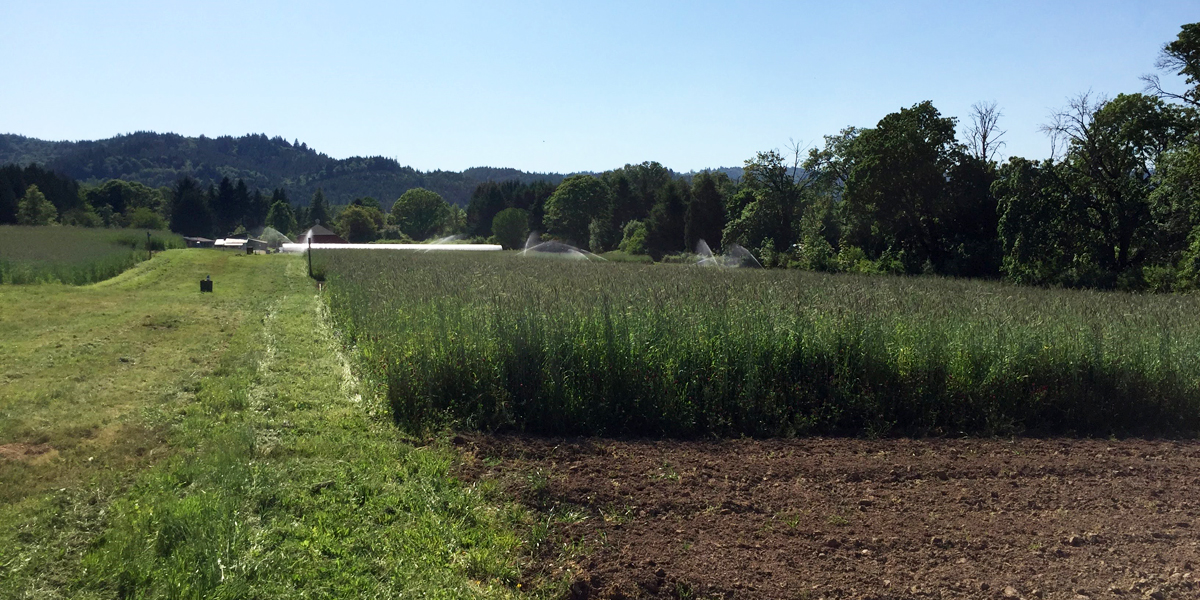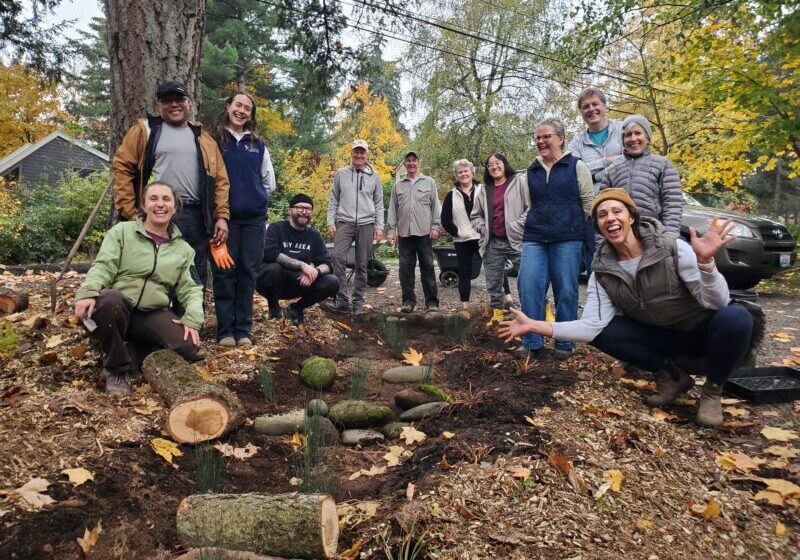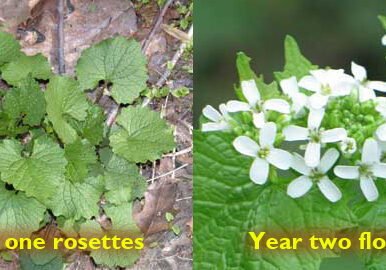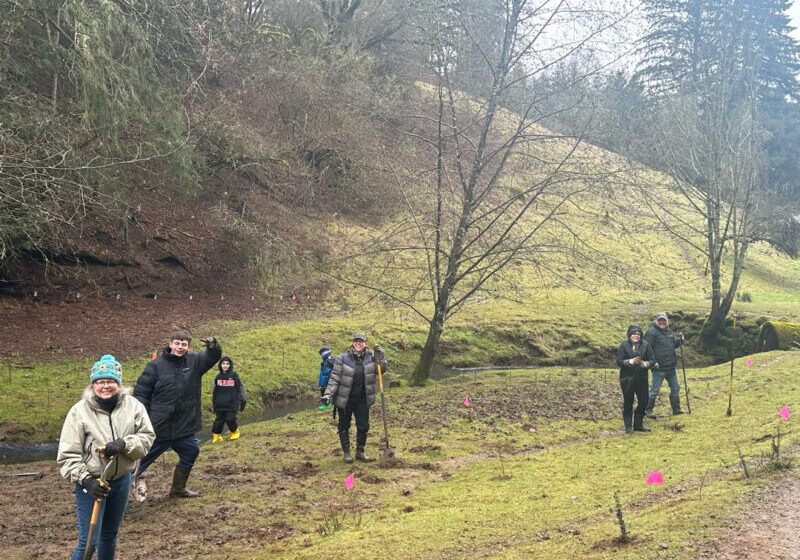(Photo: Cover crops on a farm field can improve soil quality and have the potential to sequester carbon.)
There is a growing need to help environments and communities become resilient to climate change. We are working to adapt our conservation projects to meet the needs of communities and to better protect and preserve local ecosystems.
In 2022, we developed a “climate lens” to help inform and guide how we develop future conservation plans. The framework provides us with tools and strategies for developing our conservation work. It will also help us deepen our understanding of climate change and its impacts on local ecosystems and communities. We are building new partnerships with organizations working on the impacts of climate change, in particular on the Urban Heat Island (UHI) effect.
How the lens works
- Gather information about climate change impacts and the risk to ecosystems in the Pacific Northwest. This information prompts us to consider adaptations we can include in conservation plans to reduce climate change impacts.
- Gather resources that help our conservation staff build the latest science and knowledge about how best to respond to and mitigate climate change into our recommendations to land managers. The resources also help our staff and land managers measure the benefits of such practices.
- Develop relationships and work together with local partners and organizations working on these issues.
Changes we expect to see
The effects of climate change are widespread. We can expect to see more events that have a significant impact on an ecosystem, like wildfire or droughtDrought A longer than normal time with not enough rain.
- Drier summers will bring longer and more intense wildfire seasons and more severe drought. Drought stress makes ecosystems more prone to insect infestation, disease, and invasive species.
- Winters will bring more rain and less snow. Reduced snowpack will lead to drier forests and shallower streams.
- These changes will stress ecosystems and change where plants currently grow. Seedlings and young plants will be most impacted by these changes, making it more difficult for new plants to survive.
- Agricultural crops may suffer in the summer, with less water available for irrigation and increased risk of erosion and low crop yields.
- Wetlands and riparian areasRiparian areas The land alongside a stream, creek, river, or floodplain are also expected to experience shifts in their hydrological cycles and are at increased risk of drying out.
Strategies to lessen the impact of climate change
One of the most significant ways to adjust land management practices to mitigate climate change is to change conventional agricultural practices.
Keeping soil structure intact by reducing tillage increases the amount of carbon stored in soil and may reduce the amount of carbon released into the atmosphere. Other ways to increase soil-stored carbon include adding biochar or manure to soils, using organic fertilizers, and incorporating cover cropping and crop rotations into planting strategies. It is also extremely important to protect and restore high carbon-storing ecosystems like wetlands, riparian areas, and old-growth forests.
Adapting land management to climate change can mean changing how we work, what we prioritize, and what practices we recommend to land managers. This may include taking steps to increase biodiversity and habitat connectivityConnectivity the degree to which patches of landscape are connected, either helping or impeding animal movement and other ecological processes like the flow of water or dispersal of seeds. As droughts worsen, wildlife will shift with water sources and plant communities that provide their food and shelter.
As we adjust our work, we aim to incorporate traditional ecological knowledge of Indigenous communities into our conservation planning. We see many opportunities to learn from and build on Indigenous communities’ long-term and extensive experience caring for and living with the land.
Targeting affected communities
One main focus of the lens development project was to identify which communities within our district are most at risk from the effects of climate change. Extreme heat events are expected to occur more frequently with climate change. These will intensify the Urban Heat Island (UHI) effect in urban areas.
Within our district, downtown and the Northwest Industrial areas are most impacted by high temperatures and are identified as high risk communities. Efforts to reduce the UHI effect in these areas include protecting existing trees, removing pavement, and promoting light-colored roofing materials. Introducing emergency preparedness and neighborhood response plans can also increase resilience of frontline communities.
We developed this “climate lens” with the help of our 2022 Climate Change Intern, Emma Russell. Find more information: Improving Climate Resiliency and Management Practices in Conservation Planning, presented at Urban Ecosystem Research Consortium of Portland/Vancouver, March 7-8, 2022.



